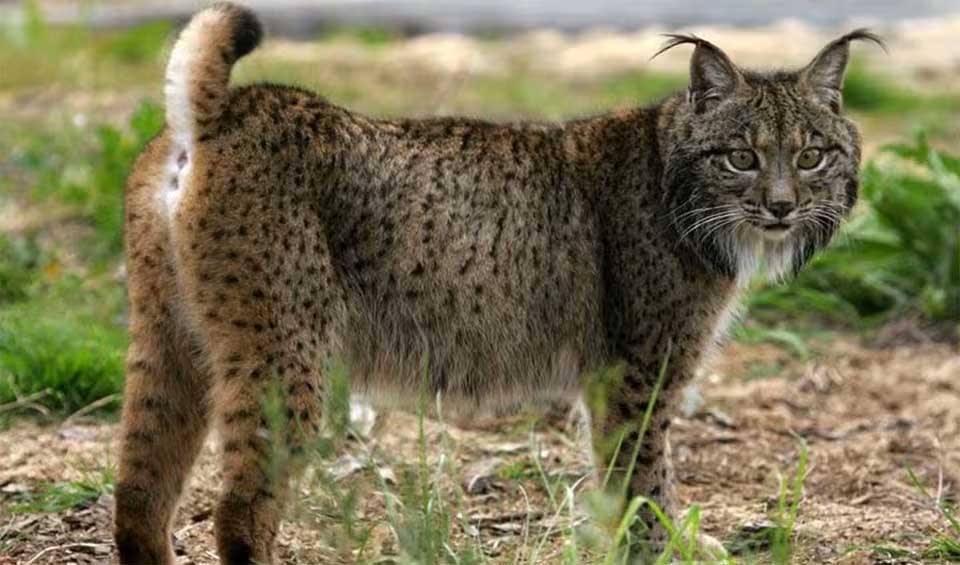A symbolic and critically endangered species, it represents one of the most poignant symbols of wildlife conservation in the Iberian Peninsula. Distinguished by its relatively short, coarse fur that ranges in color from tawny to bright yellowish-red, this lynx is adorned with distinctive brown or black spots and a contrasting white underside. Its face is framed by a notable “beard,” and its ears are crowned with characteristic black tufts, enhancing its majestic appearance and adding to its mystique.
At the heart of the Iberian Lynx’s diet lies a profound dependency on rabbits, which constitute the majority of its diet. An adult male typically requires one rabbit per day to satisfy its nutritional needs, while a female, especially when nurturing her kittens, may consume up to three rabbits daily. This reliance on a single prey species underscores the vulnerability of the Iberian Lynx to fluctuations in rabbit populations, which can be affected by disease, habitat loss, and human intervention.
The turn of the 21st century marked a critical period for the Iberian Lynx, with the population dwindling to fewer than 100 individuals by 2002, a stark indicator of its precarious position on the brink of extinction. The primary threat to its survival has been habitat destruction, driven by agricultural expansion, urban development, and infrastructure projects that fragment its natural territories and disrupt its hunting grounds. Additionally, the decline in rabbit populations, whether due to disease or loss of habitat, poses a direct threat to the lynx’s food supply.
Distribution
 Portugal
Portugal Spain
SpainRecent updates
June 2024: Due to the combined efforts of Spain and Portugal, the IUCN has upgraded the Iberian lynx from “Endangered” to “Vulnerable” following a significant increase in its population.
Anything we've missed?
Help us improve this page by suggesting edits. Glory never dies!
Suggest an editGet to know me
Terrestrial / Aquatic
Altricial / Precocial
Polygamous / Monogamous
Dimorphic (size) / Monomorphic
Active: Diurnal / Nocturnal
Social behavior: Solitary / Pack / Herd
Diet: Carnivore / Herbivore / Omnivore / Piscivorous / Insectivore
Migratory: Yes / No
Domesticated: Yes / No
Dangerous: Yes / No




